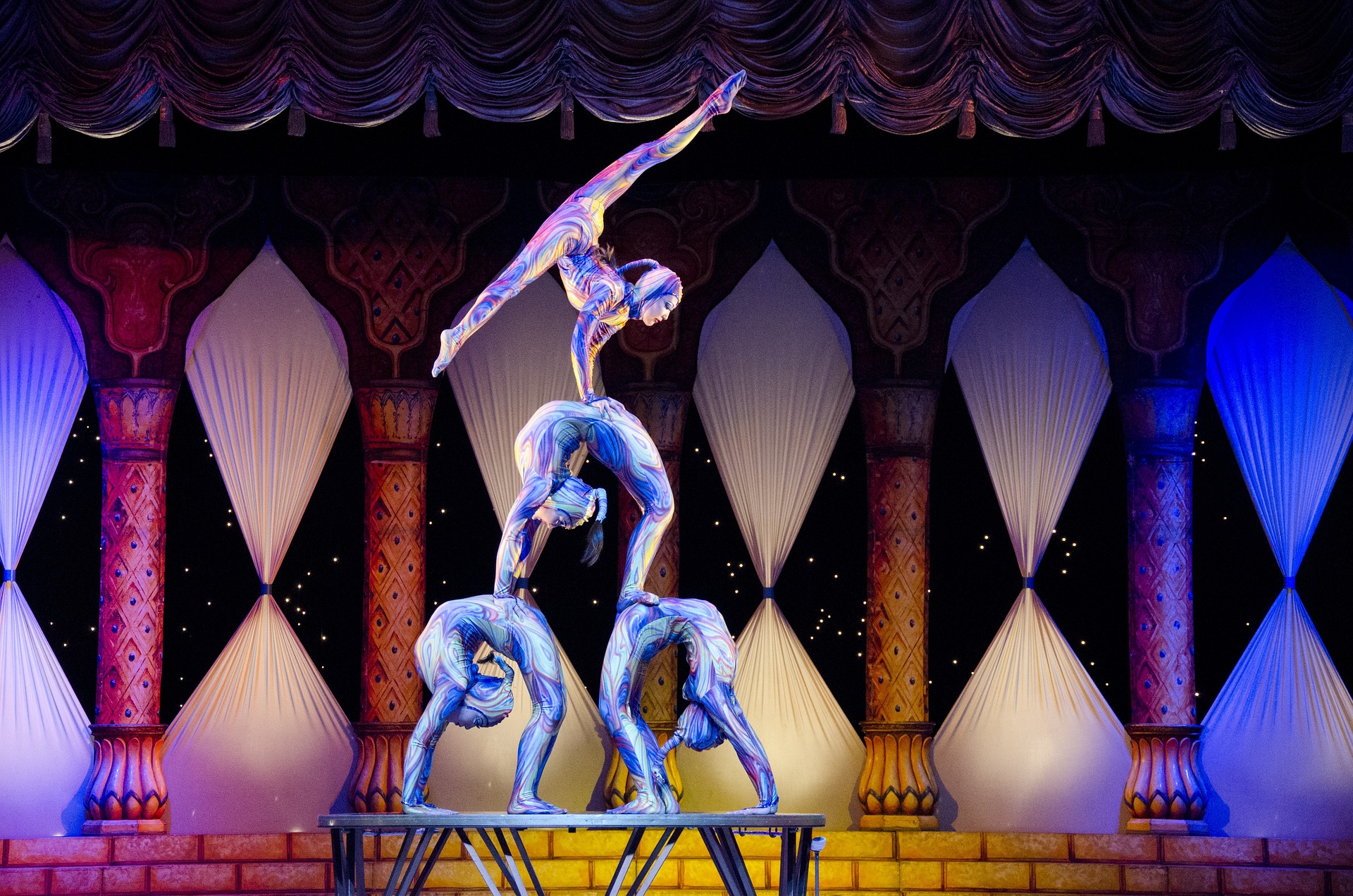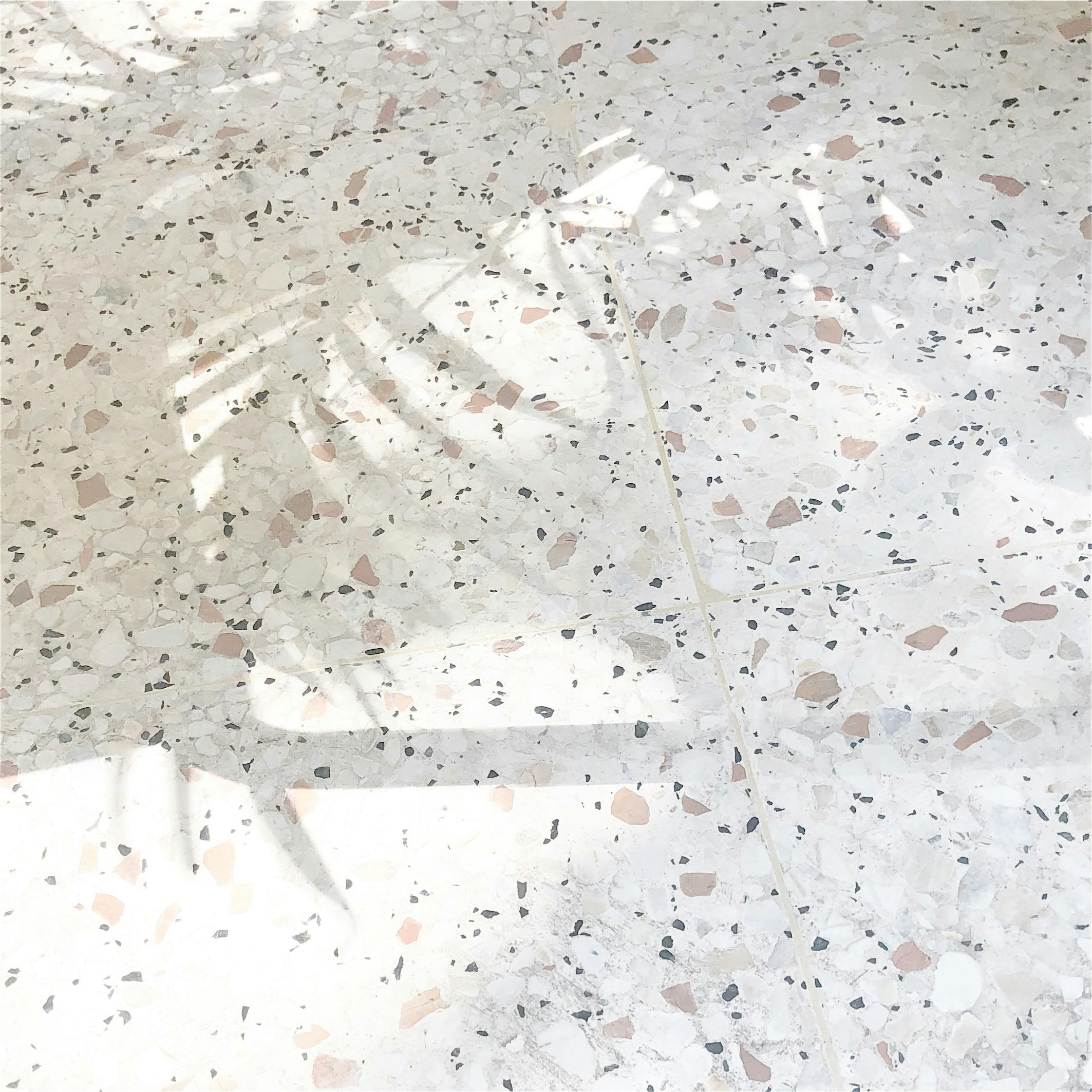Escaping Reality: The Rise of Virtual Reality in the Performing Arts
Immersive experiences have been a long-standing fascination in the world of arts and entertainment. With the advent of modern technology, the boundaries of reality are being pushed further, leading to the rise of a new realm of artistic expression - the use of Virtual Reality (VR) in the performing arts. This article will take a dive into the evolution of VR in the performing arts world, exploring its historical context, recent developments, and future implications.

The Genesis of VR in the Performing Arts
Virtual reality is a concept that has been around since the late 20th century, but its application in the performing arts is a relatively novel phenomenon. The initial notion of VR was born out of the desire to simulate real-world experiences through artificial means. As technology evolved, so did the possibilities for integrating VR into artistic performances. Today, the use of VR in the performing arts is not just about creating a more realistic experience, but about transforming the way audiences interact with the art form itself.
VR: Changing the Narrative
The advent of VR has significantly changed the landscape of performing arts. Traditionally, the audience has been a passive observer, but with VR, they’ve become an active participant in the performance. In recent years, several productions have incorporated VR to allow the audience to immerse themselves in the performance, experiencing the narrative in a way that was previously unimaginable. This shift in the narrative approach has been groundbreaking, leading to a new dimension of audience engagement and interaction.
VR and The Pandemic: A New Age for Performing Arts
The global pandemic has accelerated the adoption of VR in the performing arts. With traditional venues closed, artists and organizations have turned to innovative ways to continue performing. VR has emerged as a viable solution, enabling performances to be enjoyed from the safety and comfort of one’s home. This has not only preserved the industry during a challenging time but also opened up new opportunities for global access and inclusivity in the performing arts.
The Future of VR in Performing Arts
Looking ahead, the possibilities for VR in the performing arts are endless. From virtual concerts and theatre performances to immersive art installations, the lines between reality and virtuality are blurring. While VR can never replace the magic of live performance, it certainly adds a new layer of experience that was previously unattainable.
As we navigate this exciting new frontier, it’s essential to consider the implications it may have on the performing arts industry. While VR offers a plethora of opportunities, it also poses new challenges. Balancing the magic of live performance with the allure of immersive technology will be key in shaping the future of performing arts.
In conclusion, the rise of virtual reality in the performing arts represents a thrilling new chapter in the evolution of artistic expression. As we witness the fusion of traditional art forms with cutting-edge technology, we can look forward to a future where art and technology coexist in harmony, offering audiences an unprecedented level of engagement and immersion.






